INGENIOUS Ways to Use Banana Peels!
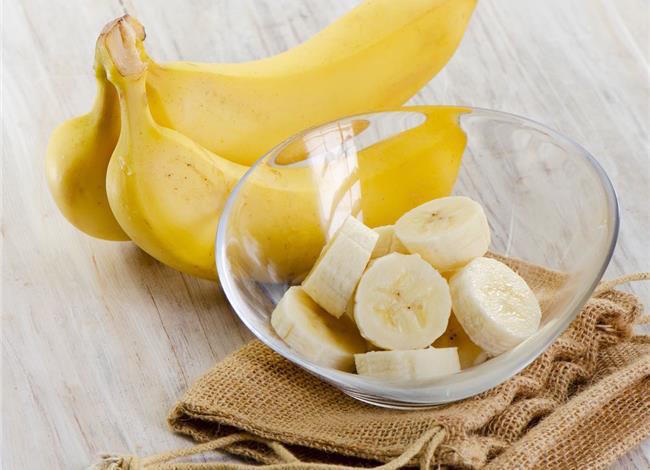
Human beings consume billions of bananas each year, making this peculiar yellow fruit one of the most popular foods in the world. Full of vitamins and minerals including potassium – a nutrient which is well known for its ability to aid with muscle recovery after strenuous physical activity – it’s easy to see why we like them so much.
But have you ever thought about the banana peel? Researcher/writer Janice Taylor has and she shared some positively ingenious ways to use this part of the fruit that’s typically thrown away. Here’s what she says on a great site, Natural Living Ideas (www.naturallivingideas.com):
1. Compost. Probably the most popular – and easiest – use for banana peels is to mix them into the compost pile. Peels add potassium and phosphorus to compost which promote root development and overall plant health when incorporated into garden soil. Just be aware that banana peels are green material and too much of a good thing can offset the balance of your compost.
With compost in mind, here’s a tip from me (Alice). If you have a power blender (Blendtec, Vitamix, etc.) but don’t have a compost pile, cut your peels in 1-inch pieces and blend them in water. This makes a “cold compost” that you can pour around the base of plants. Just dig a shallow trench around your bushes, trees, and flowers; fill the trench with the banana peel liquid and cover the trench with your soil. Watch your plants thank you!
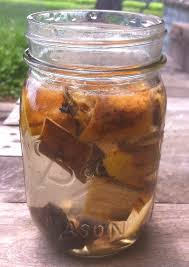
2. Compost Tea. This is another composting idea that works well if you don’t have a power blender or compost pile. Simply drop a few peels into a bucket or other container full of water and let it sit for a couple of days to make compost “tea.” Mix one part banana peel compost “tea” with five parts fresh water and feed this mineral-rich mixture to your plants about once per month in lieu of your normal watering. The added potassium and phosphorus will give your plants a boost to keep them growing strong.
3. Feed Your Seedlings. Here’s another plant-feeding idea. Chop up banana peels and bury one or two small pieces in the soil at the bottom of planting holes or seed-starting containers to give your young plants a boost of nutrients that will aid in root development and disease resistance. Just be sure that your seeds and seedlings aren’t directly touching the ripening peels at time of planting as this may burn and damage roots and seeds.
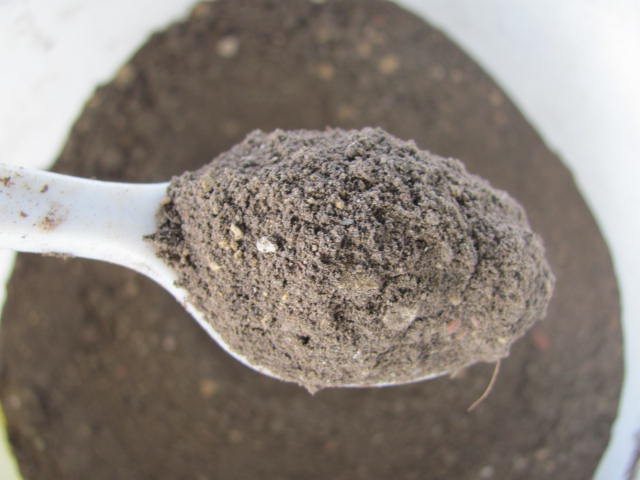
4. Dried Peel Fertilizer. One final tip for using banana peels as fertilizer: Dry them completely then grind the peels and incorporate them into your garden soil. This will have a similar effect as composting and burying the ripe peels, but without the danger of burning plants. This and the previous three techniques may be used on just about all of the plants in your garden to boost their growth and overall health.
5. Deter Aphids. Bury a few small pieces of ripe banana peel just under the surface of the soil around garden plants which are prone to aphids. They don’t like the gases emitted by decomposing peels and will quickly seek more appealing feeding grounds. Be sure to only use a few small pieces as the pungent aroma of whole peels may attract wasps, rodents, and other larger pests in search of a sweet snack.
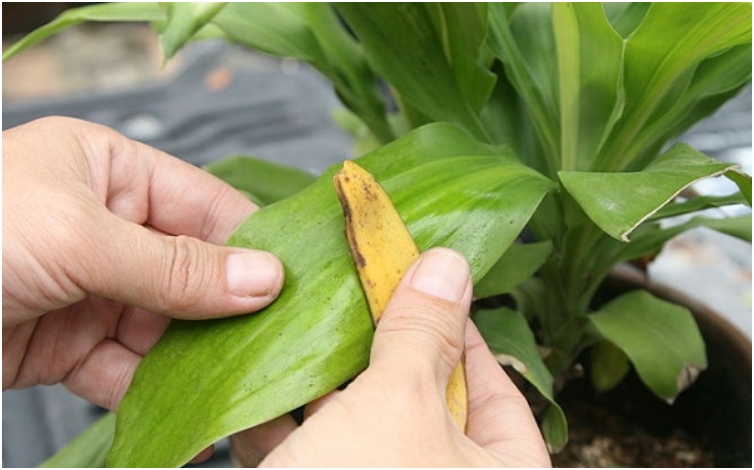
6. Shine Up Houseplants. Rub the soft fleshy side of a banana peel on the leaves of your houseplants to clean off and dust or debris and give them a healthy glow. This is especially handy for indoor plants with waxy leaves like Scheffleras, Calatheas, Crotons, and Ficus trees.
7. Livestock Feed. Humans are not the only ones who enjoy bananas. Livestock like chickens, rabbits, and pigs will enjoy ground up dried banana peels added to their feed. Just make sure to clean the peels of any wax or pesticides before drying and offering them to pets or livestock.
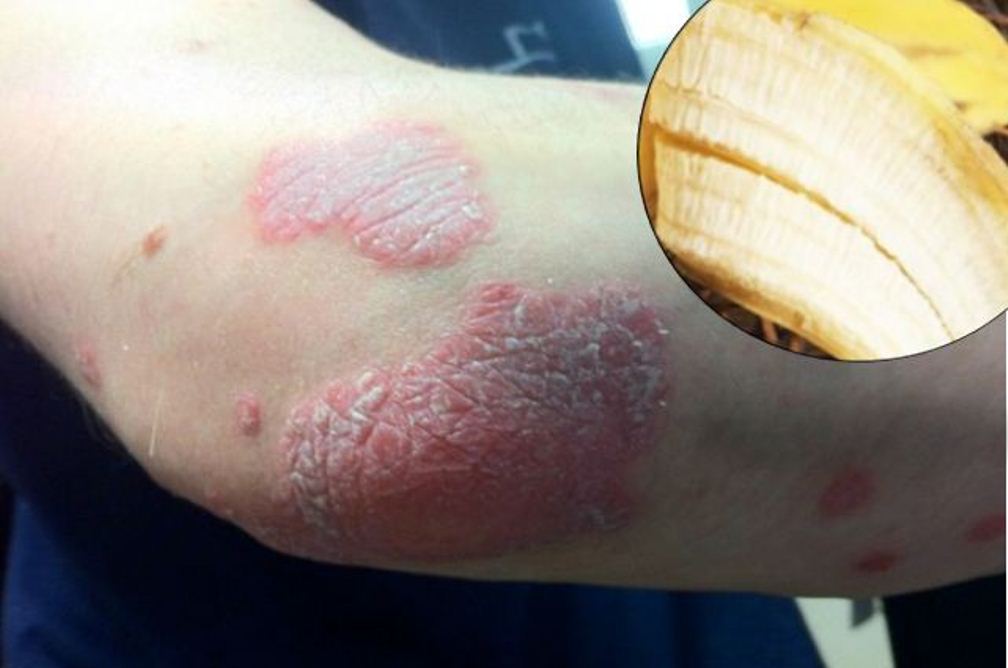
8. Soothe Skin Irritations. Rub moist banana peels on bug bites, stings, and other skin irritations. The fruit acids, vitamins, and minerals will not only help to soothe away pain and itching. They’re also great for your skin!
9. Improve Your Complexion. Massage a piece of ripe banana peel over your entire face once every few days. The fruit acids and nutrients in the peel can help to exfoliate and nourish your skin, giving it a softer, younger, and healthier appearance.
10. Remove Warts. Use banana peel to get rid of these persistent blemishes. Simply rub a piece of ripe peel over the wart each night before bed and watch it fade.
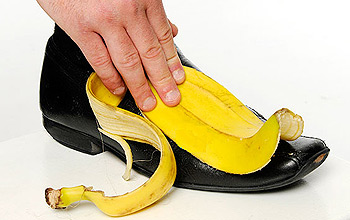
11. Shine Your Shoes. Just as banana peels are great for your skin, you can also use them to condition and polish your leather shoes. Simply rub the soft inside of a piece of ripe peel over the leather to refresh, clean, and shine!
12. Polish Silver. The same fruit acids that make banana peels ideal for rejuvenating skin also make them perfect for polishing silver. Rub the inside of a piece of rip peel over dull and tarnished silver to restore its natural glow.
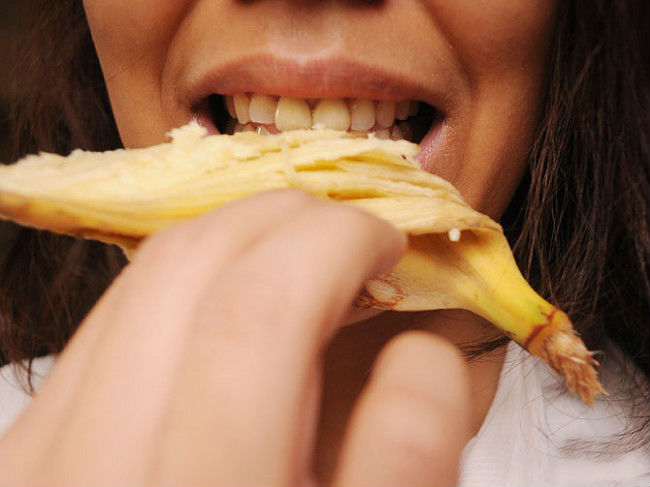
13. Whiten Teeth. Rub the soft inside of a fresh piece of banana peel on your teeth once per day for two weeks to remove stains and shine them without the use of potentially harmful chemicals.
14. Make Vinegar. Use your banana peels to create vinegar. Banana peel vinegar has a wonderfully sour, slightly bitter flavor with sweet undertones and makes a healthy and interesting flavoring for salads and other vegetable dishes.
15. Tenderize Meat. Add a ripe banana peel to the bottom of a roasting pan to keep the meat moist and tender while it’s cooking.
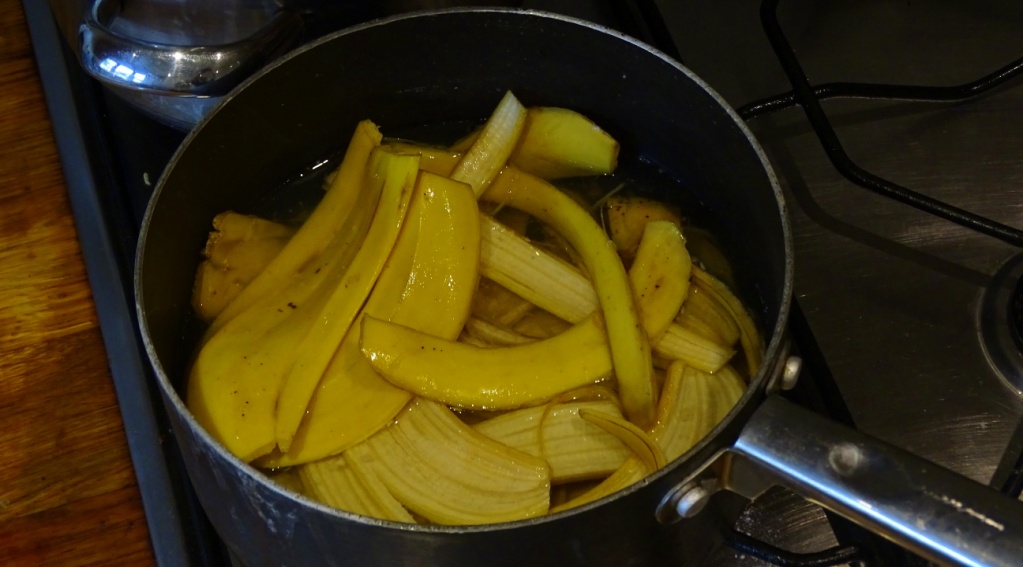
16. Banana Peel Juice. By now it’s no secret that there are a lot of vitamins and nutrients in the peel of a banana. Take advantage of all of that extra nutritional value by juicing your peels. Simply add peels to a pot of boiling water for 10 minutes to extract the juices, remove peels, and let cool. You can then add the resulting banana peel juice to smoothies or other drinks for a boost of vitamins and minerals. Just be sure to wash the peels first to remove wax, dirt, and other contaminants before cooking them.
- www.caloriesecrets.net
- www.thefrugalchicken.com
- www.themicrogardener.com
- www.mamabee.com
- www.mylifestyle.com
- www.diply.com
- www.womendailymagazine.com
- www.theguessicipebook.com
 Alice Osborne
Alice Osborne
Weekly Newsletter Contributor since 2006
Email the author! alice@dvo.com
